Leadership Transitions: A Johnson & Johnson Tradition
Thursday, April 26, is the Johnson & Johnson Annual Meeting of Shareholders – an event we traditionally hold on the last Thursday in April, even though our first Annual Meeting was actually held on a Saturday in January. Besides continuing our last Thursday in April tradition, the 2012 Annual Meeting also continues another very rare tradition at Johnson & Johnson: a leadership transition.
At this year’s meeting, our Chairman and Chief Executive Officer William Weldon is passing the role of Chief Executive Officer to Alex Gorsky. (Mr. Weldon remains our Chairman of the Board.) This continues a tradition of leadership transitions that dates back to our very first one in 1910.
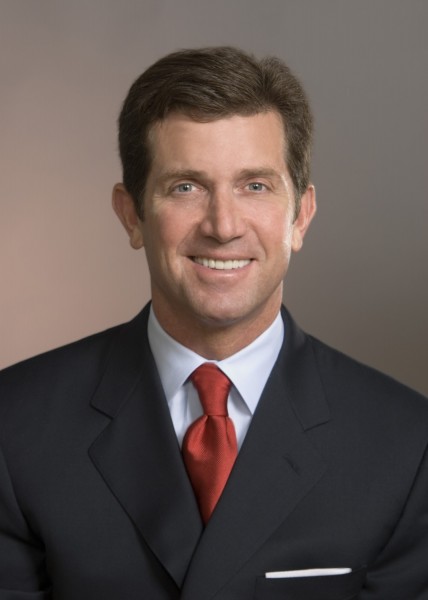
Alex Gorsky is Johnson & Johnson’s seventh Chief Executive Officer, and our ninth leader overall. (Our first two leaders had the title of president.)
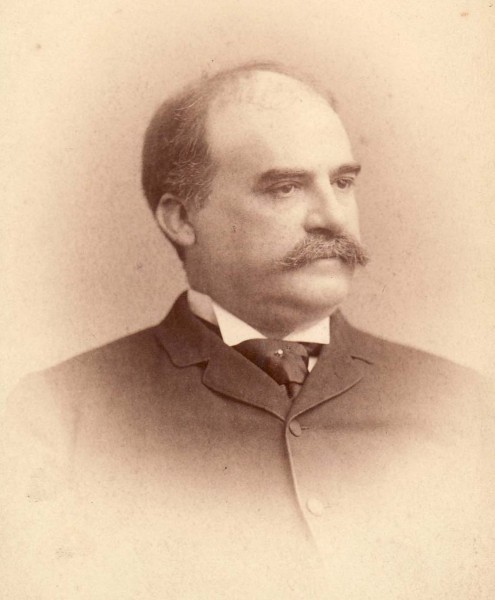
Company founder Robert Wood Johnson was our first president. Johnson had been a partner in Seabury & Johnson before starting Johnson & Johnson. When he and his brothers left that company in 1885, he saw first-hand what could happen to an organization with strong leadership but without strong management depth, and he was determined not to let that happen at Johnson & Johnson. Based on the knowledge he had gained from his years of experience in business, he made sure that the new company had a strong reserve of leadership so that it could survive without him and his brothers. He built what today we would call a leadership pipeline to ensure that Johnson & Johnson had strong, steady management. He also made sure that Johnson & Johnson looked ahead and that the growing business reflected and adapted to whatever changes were on the horizon, a legacy we carry on today with our focus on managing for the long term.
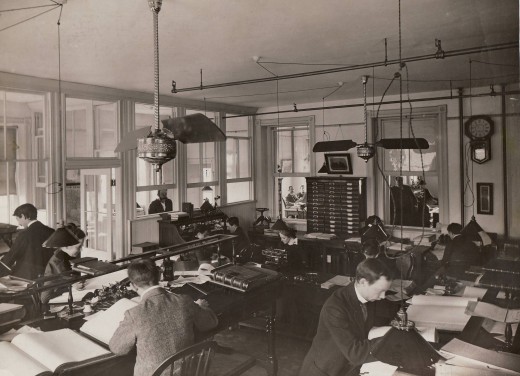
During Robert Wood Johnson’s tenure, the Company managed successfully through two major depressions (1893 and 1907) and grew steadily and rapidly. Aside from the Johnson brothers, Johnson & Johnson had a number of very strong leaders, and the Company was able to weather economic downturns and the departure of Edward Mead Johnson to start yet another company -- which today is Mead Johnson Nutritionals.
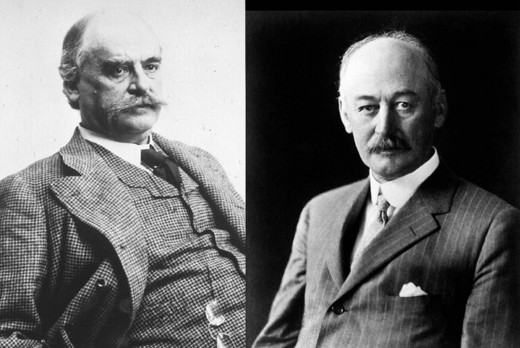
Our first top leadership transition for Johnson & Johnson happened unexpectedly in 1910 with the sudden passing of our first president, Robert Wood Johnson, after a brief illness. Because the Company was so well-managed, his brother James Wood Johnson assumed the role of president with very little fanfare. He continued Johnson & Johnson on the same steady course set by his brother, growing the company (opening our first international operating companies, in Canada and the U.K.) and adding new products such as BAND-AID® Brand Adhesive Bandages.
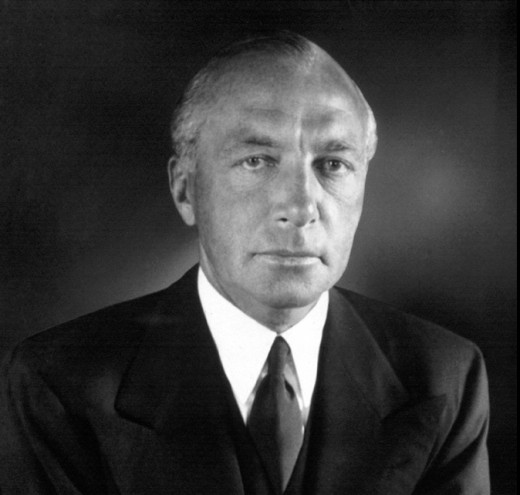
When James Wood Johnson retired in 1932, his nephew Robert Wood Johnson II (later known as General Robert Wood Johnson) took over as president of the Company. Under his leadership, Johnson & Johnson continued to grow and further decentralize. General Robert Wood Johnson wrote Our Credo as the guiding philosophy of the Company, took Johnson & Johnson public in 1944 and -- working with the strong management Johnson & Johnson had become known for -- added pharmaceutical medicines to the business. When General Robert Wood Johnson retired in 1963, many people wondered how anyone could fill his shoes, but the Company’s tradition of smooth transitions continued with Philip B. Hoffman taking over the reins of the business as the next Chairman and CEO of Johnson & Johnson.
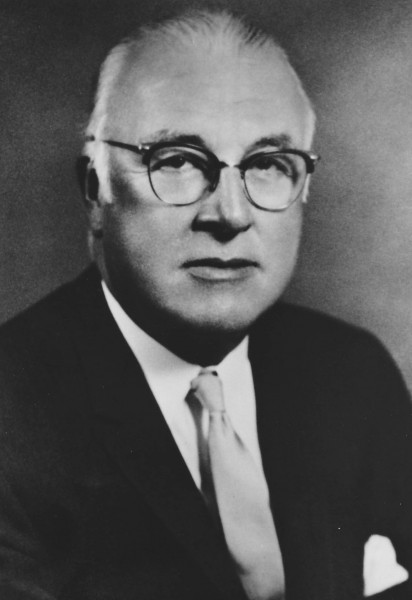
Mr. Hoffman was our first leader who was not a member of the Company’s founding family but, true to Johnson & Johnson tradition, the transition from General Robert Wood Johnson to Phil Hoffman was unremarkable for its smoothness. Mr. Hoffman led Johnson & Johnson until he retired in 1973, and Richard B. Sellars became our next Chairman and CEO.
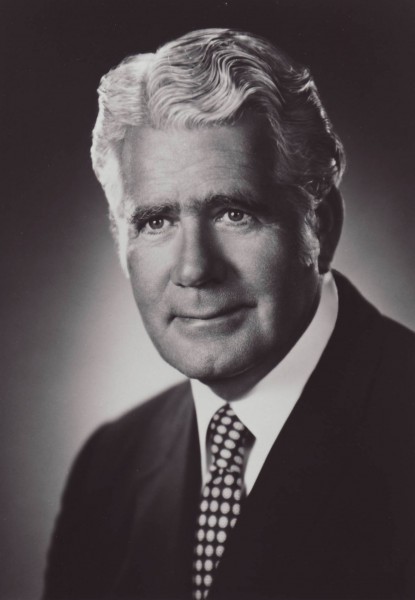
Richard Sellars served for three years before he retired as Chairman and CEO and James E. Burke became our next leader.
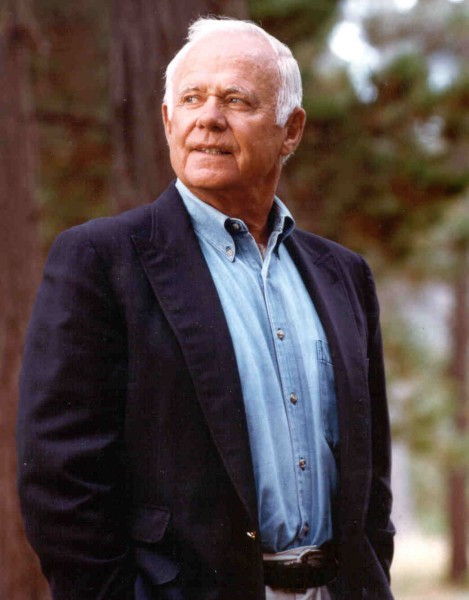
Despite having two leadership transitions in the space of three years, the management transitions in the 1970s were uneventful and Johnson & Johnson continued on its steady path of growth.
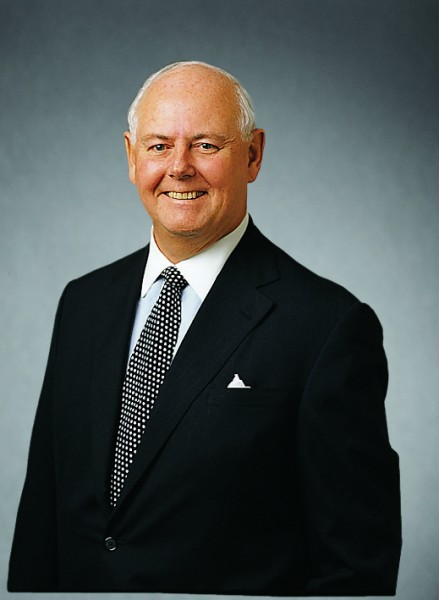
When James Burke retired in 1989, Ralph S. Larsen became our fifth Chairman and CEO. Our tradition of smooth leadership transitions held true, but this time the setting provided a tiny bit of dramatic effect: that year’s Annual Meeting of Shareholders was held in the beautifully restored Art Deco State Theatre in downtown New Brunswick, one of the centerpieces of the city’s revitalization.
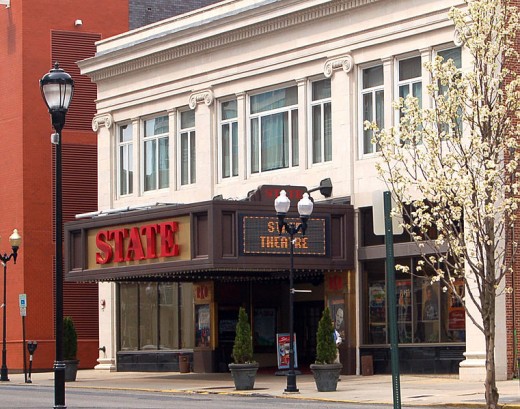
(Photo of the State Theatre courtesy of the State Theatre via Wikimedia Commons at this link.)
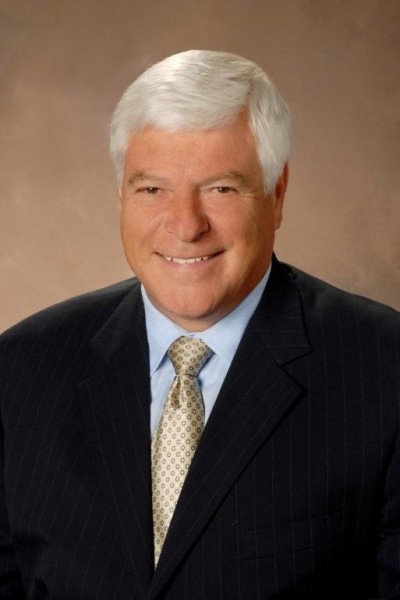
Johnson & Johnson’s tradition of smooth leadership transitions continued unabated when Ralph Larsen retired in 2002, and Bill Weldon became our sixth Chairman and CEO. Now, with the transition from Mr. Weldon to Alex Gorsky as our company’s seventh CEO, our more than a century-old tradition of smooth management transitions adds yet another chapter – something that would no doubt have given great satisfaction to Johnson & Johnson founder Robert Wood Johnson, whose planning and foresight set us on the course that we still continue today.

Very nice little piece of history. It's great to see some of the old photos and understand how deep the history of J&J really is.